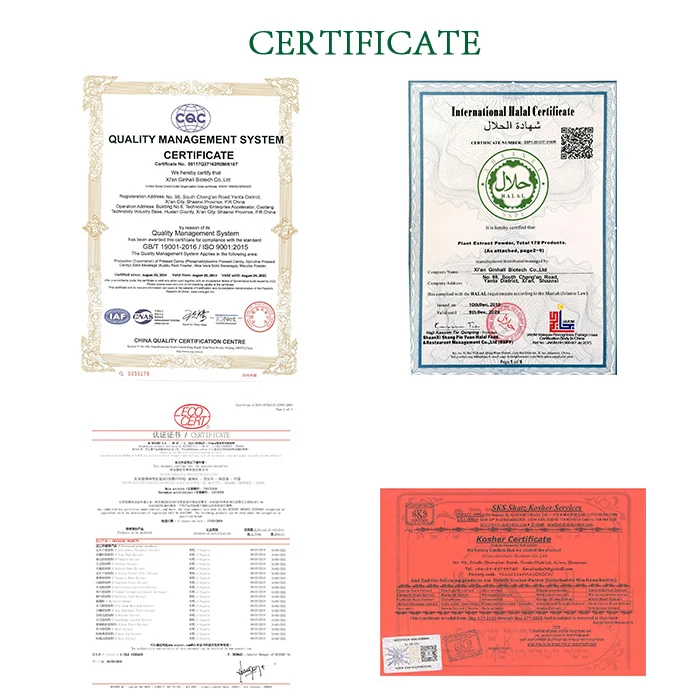
Vitex is a genus of flowering plants in the family Lamiaceae Martynov, nom. cons. It has about 250 species. Its type species is Vitex agnus-castus. There is no universal English name, though "chastetree" (commonly referring to V. agnus-castus specifically) is common for many species. Generally, they are simply called vitex however.
Species of Vitex are native throughout the tropics and subtropics, with a few species in temperate Eurasia. Vitex is a genus of shrubs and trees, from 1 to 35m tall. Some species have whitish bark that is characteristically furrowed. Leaves are alternate, usually compound.
About 18 species are known in cultivation. Vitex agnus-castus and Vitex negundo are often grown in temperate climates.About six others are frequently grown in the tropics. Most of the cultivated species serve as ornamentals. Some provide valuable lumber. The flexible limbs of some species are used in basket weaving. Some of the aromatic species are used medicinally or to repel mosquitos.
Product Introduction

| Product Name | Vitex trifolia extract | Appearance | Brown powder |
| Botanical Source | Vitex trifolia extract | Test Method | HPLC |
| Specification | 5% 10% flavonoids | Mesh | 95% pass 80 mesh |
| Application | Health Care | Shelf Life | 2 Years |
1.Treating female menopause, irregular menstruation, uterine tumors and controlling emotions.
2.Treating dyspepsia, enteritis, diarrhea, swelling and pain caused by falling and hitting.
3.Evacuating heat, relieving the uncomfortable feelings of head and eyes.
4.Analgesic, anti-bacterial and anti-viral.
Application of Vitex trifolia extract
• Treat Premenstrual syndrome (PMS)
• Treat Menopause Problems
• Galactagogue Effects (stimulate the production of breast milk)
• Treat Infertility
• Treat Acne
• Potential as an Insect repellent
• Treat Polycystic Ovarian Syndrome (PCOS)
• Treat Uterine fibroids
• Luteal phase defect
• Anti-oxidant








A:Please send our inquiry to get more details.If you both make an agreement,we will make an invoice for you,just do as instructions.
Q2:Is there any discount?
A:Sure,price are closely related to the quality.Buy more save more.
Q3:How about delivery lead-time?
A:Delivery lead time :about 3-5 days after payment confirm.(Chinese holiday not included)
Q4:How long time cost with shipping?
A:3-5 days shipping time deliver to your door.
Q5:How do you avoid customs issues?
A:We have rich experience deal with customs,hundreds of parcels every moth we deliver,detailed documents and certificates will be provided to customs when goods arrive to local port.

We have more categories for you. lf you can't find the products you want above,just fill in the form and tell us whatproducts you want to import from China.


















